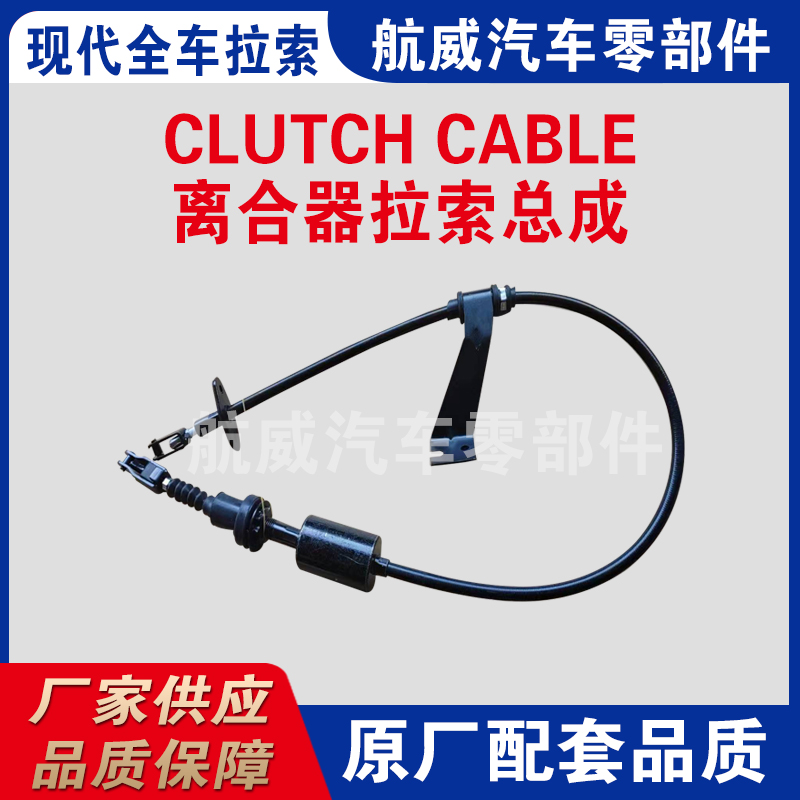stainless steel clutch line
The Evolution and Benefits of Stainless Steel Clutch Lines
The automotive industry has seen significant advancements over the years, particularly in the performance and reliability of vehicle components. One area that has particularly evolved is the clutch system, and at the heart of it lies the stainless steel clutch line. This article will delve into the importance of stainless steel clutch lines, their benefits, and the evolution of materials used in automotive applications.
Understanding Clutch Systems
Before exploring stainless steel clutch lines, it's important to understand the role a clutch plays in a vehicle. The clutch system is essential for engaging and disengaging the engine's power to the transmission. This process allows for smooth gear shifts, improving overall driving performance. Traditional clutch lines were primarily made from rubber or other materials, which, while functional, often limited performance and durability.
The Rise of Stainless Steel Clutch Lines
Enter stainless steel clutch lines. These flexible yet robust components have been gaining popularity among automotive enthusiasts and professionals alike. The transition from rubber to stainless steel represents a significant leap forward in clutch technology. Unlike their rubber counterparts, which are susceptible to wear and tear, pressure loss, and temperature fluctuations, stainless steel clutch lines offer enhanced resilience and performance.
Benefits of Stainless Steel Clutch Lines
1. Durability and Longevity Stainless steel is known for its corrosion resistance and ability to withstand high pressures. These qualities translate into longer-lasting components that can endure the rigors of regular use, high-performance driving, or harsh environments.
stainless steel clutch line

2. Consistent Performance One of the most notable advantages of stainless steel clutch lines is their ability to provide consistent performance. Unlike rubber lines that can swell or weaken over time, stainless steel maintains its structural integrity, ensuring reliable clutch engagement and disengagement. This consistency is crucial for maintaining optimal driving performance, especially in high-stress situations, such as racing or off-roading.
3. Improved Brake Fluid Traditional rubber clutch lines can absorb moisture over time, leading to a decline in brake fluid quality and, consequently, performance. Stainless steel lines do not have this issue, ensuring that the brake fluid remains pure and effective, leading to more responsive clutch operation.
4. Enhanced Aesthetics For car enthusiasts, appearance matters. Stainless steel clutch lines not only perform better but also add a touch of elegance to the engine bay. Their sleek, shiny finish can elevate the visual appeal of a vehicle, making them a popular choice for custom builds.
5. Customizability Many aftermarket manufacturers offer stainless steel clutch lines that can be tailored to fit specific makes and models. This customization allows automotive enthusiasts to ensure that their vehicles not only perform exceptionally but also look tailored to their preferences.
Installation and Maintenance
Installing stainless steel clutch lines is a straightforward process for individuals familiar with automotive repairs. However, it is always recommended to seek professional assistance, especially for complex systems. Regular checks are essential to ensure that there are no leaks, and maintaining the hydraulic fluid is crucial for the overall health of the clutch system.
Conclusion
The transition to stainless steel clutch lines represents a significant advancement in automotive technology. With their superiority in durability, performance, and aesthetics, they offer an attractive option for anyone looking to enhance their vehicle's clutch system. As we continue to push the boundaries of automotive engineering, stainless steel clutch lines stand as a testament to innovation and progress in the industry. Whether you’re a daily driver or a weekend warrior, upgrading to stainless steel clutch lines could prove beneficial for the longevity and performance of your vehicle.
-
Workings of Clutch Pipe and Hose SystemsNewsJun.04,2025
-
The Inner Workings of Hand Brake Cable SystemsNewsJun.04,2025
-
The Secrets of Throttle and Accelerator CablesNewsJun.04,2025
-
The Hidden Lifeline of Your Transmission Gear Shift CablesNewsJun.04,2025
-
Demystifying Gear Cables and Shift LinkagesNewsJun.04,2025
-
Decoding Clutch Line Systems A Comprehensive GuideNewsJun.04,2025
